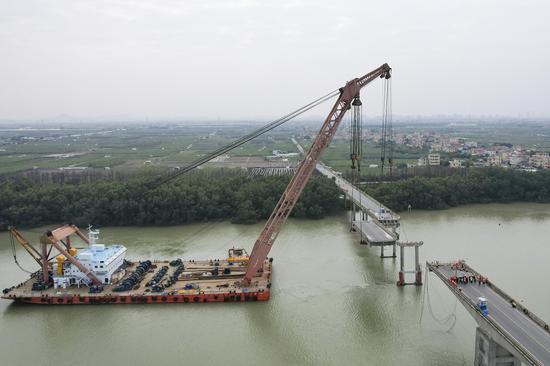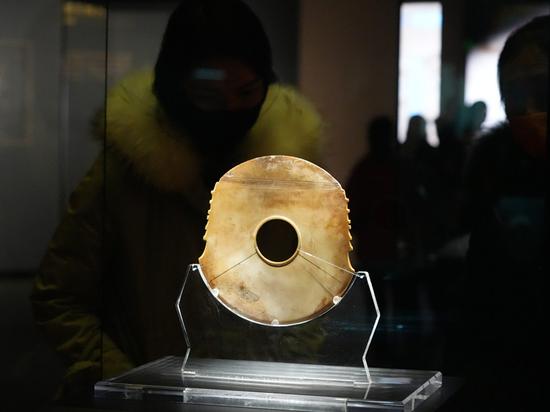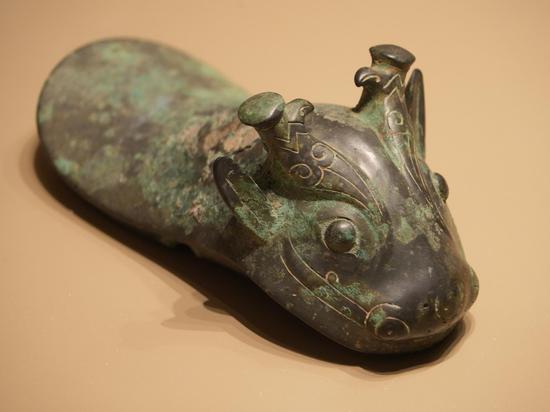
Fossil groups of ancient plants that grew more than 300 million years ago were recently discovered in Shiyan, Hubei province. (Photo provided to chinadaily.com.cn)
Fossil groups of ancient plants that grew more than 300 million years ago were recently discovered in Shiyan, Hubei province — a discovery that experts say is of "great significance" in the study of prehistoric vegetation.
By comparing plant fossil groups and accounting for the regional layers in which they were found, geologists confirmed that the ancient plant fossils discovered in Shiyan's Yunxi county belong to the early Carboniferous Period and are about 320 to 340 million years old.
The fossils represent another important find in the area after the discovery of dinosaur egg fossils from the Cretaceous Period. It is even older, according to experts.
The new discovery of biological fossils in Yunxi, including fossil bearing layers, are mainly distributed in the southern part of Kanzishan and Huping villages in Kouhui township.
They extend in a narrow northeasterly direction, covering an area of approximately 2.7 square kilometers in a formation of yellow-brown carbonaceous shale mixed with limestone.
"Our survey team accidentally dropped rocks on the surface of the roadside and found traces of small fern feathers," said Zhao Bi, a local paleontologist.
Researchers discovered that the ancient plant fossils were exceptionally well preserved. They were buried in layers more than 200 meters thick, Zhao added.
Researchers have identified at least 10 genera and species in the fossil combination of the plants, including at least three main plant phyla, including club moss, ferns and seed ferns.
Most of these ancient plants are early types that have been lost in the long river of geological history, and their life span can be traced back hundreds of millions of years.
Zhao said the Carboniferous Period is the most important coal formation period in China, and large coal mining provinces and regions, such as Shanxi province and Inner Mongolia, have developed thick Carboniferous coal seams.
However, coal in the central region of China is scarce, and research on the Carboniferous Period is also relatively meager. Representative locations for research on Carboniferous plants in China are mainly in Shanxi's Taiyuan and in Qingshuihe, Inner Mongolia — both located in North China, Zhao said.
Zhao said a thick layer of Carboniferous plant fossils has now been discovered in Shiyan, with continuous distribution in layers and clear top and bottom boundary lines.
"The plant fossils present in it have been preliminarily observed and confirmed to be part of a highly diverse ancient plant community and the first discovery in Hubei province," Zhao said. "It is of great significance for promoting research on Carboniferous paleontology and science education in Hubei."


















































 京公网安备 11010202009201号
京公网安备 11010202009201号